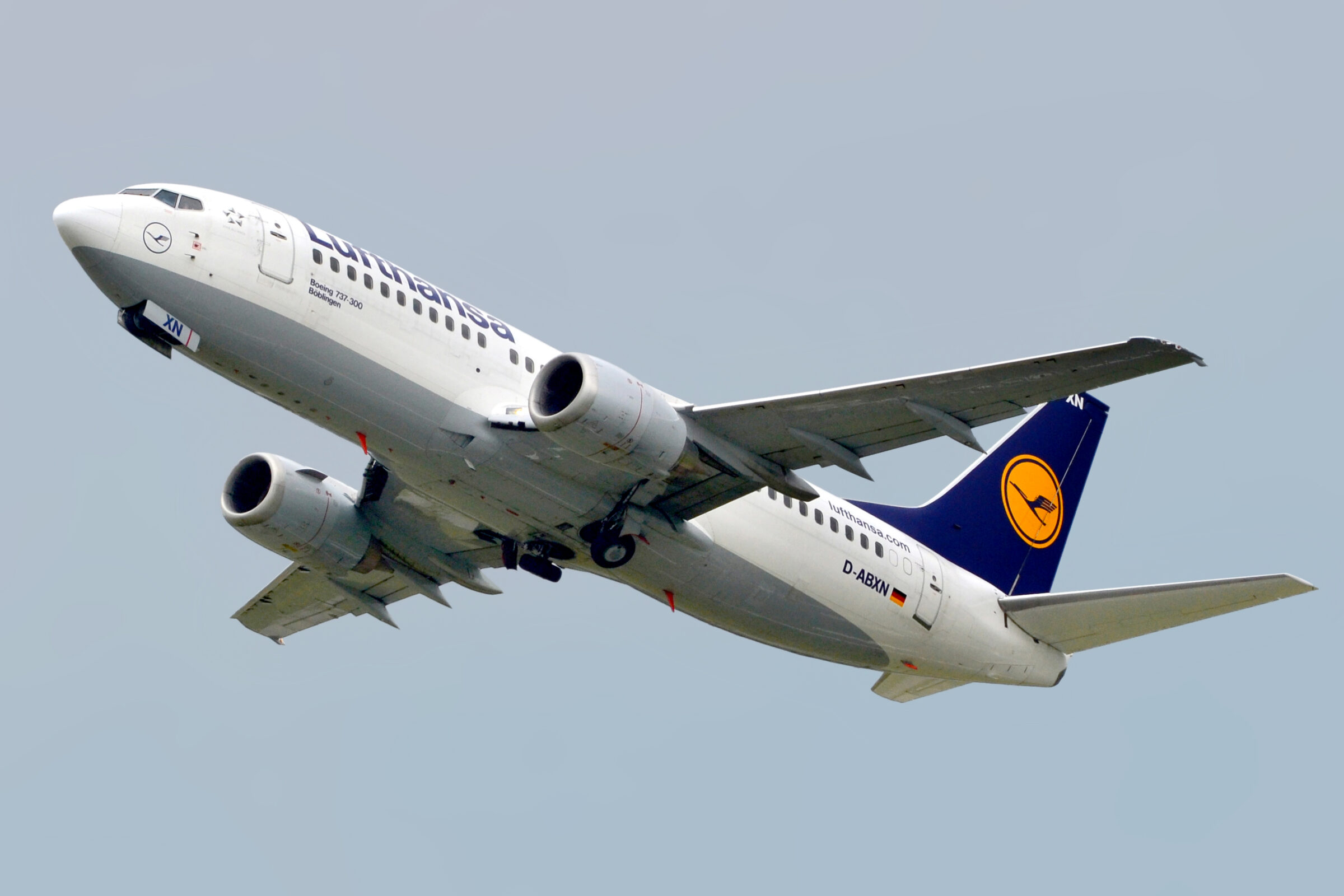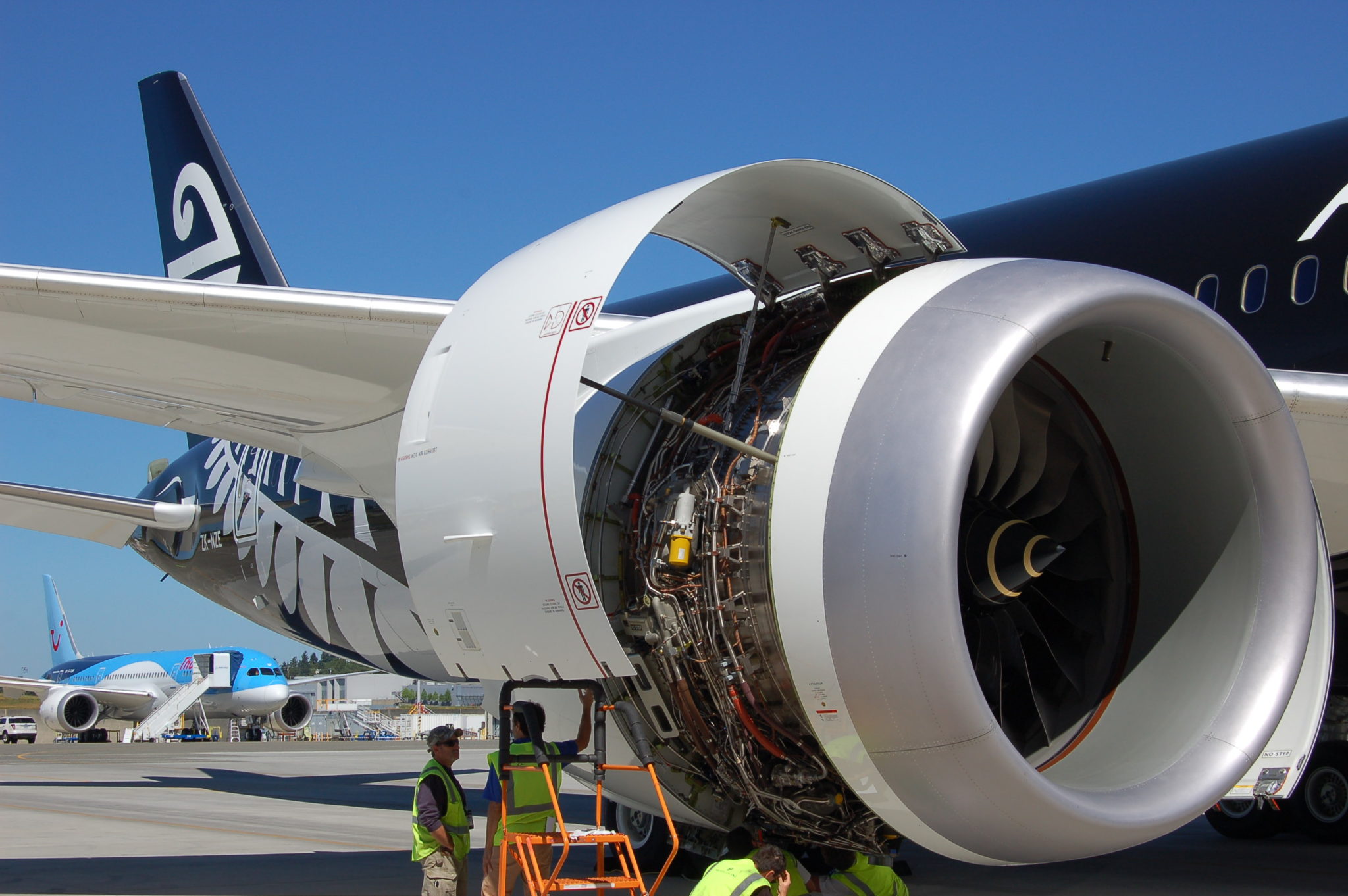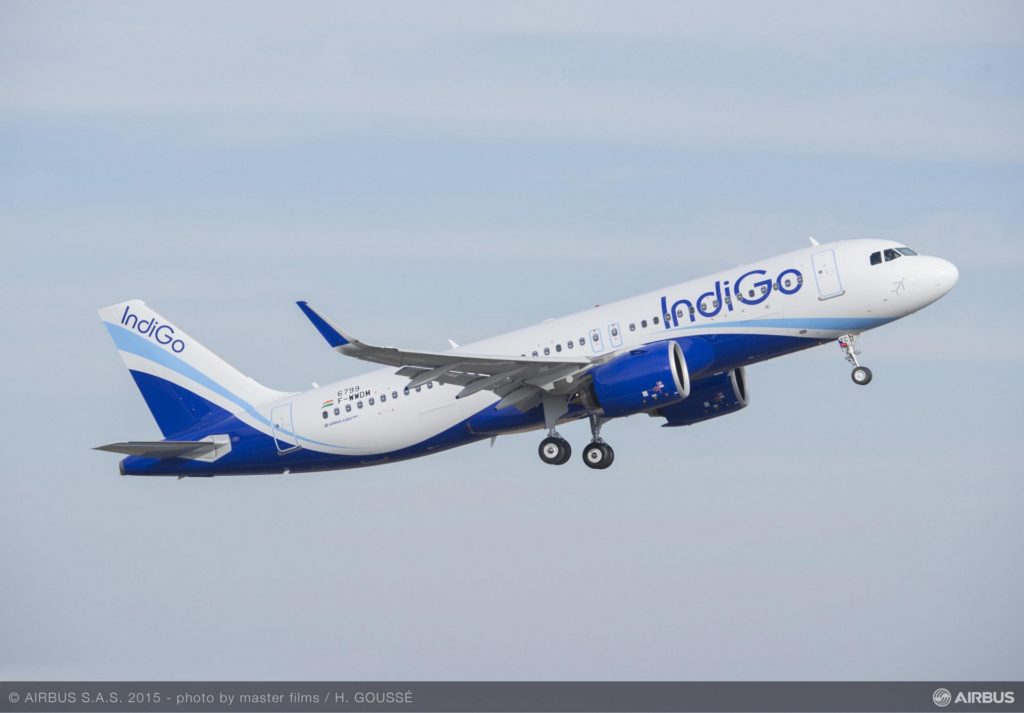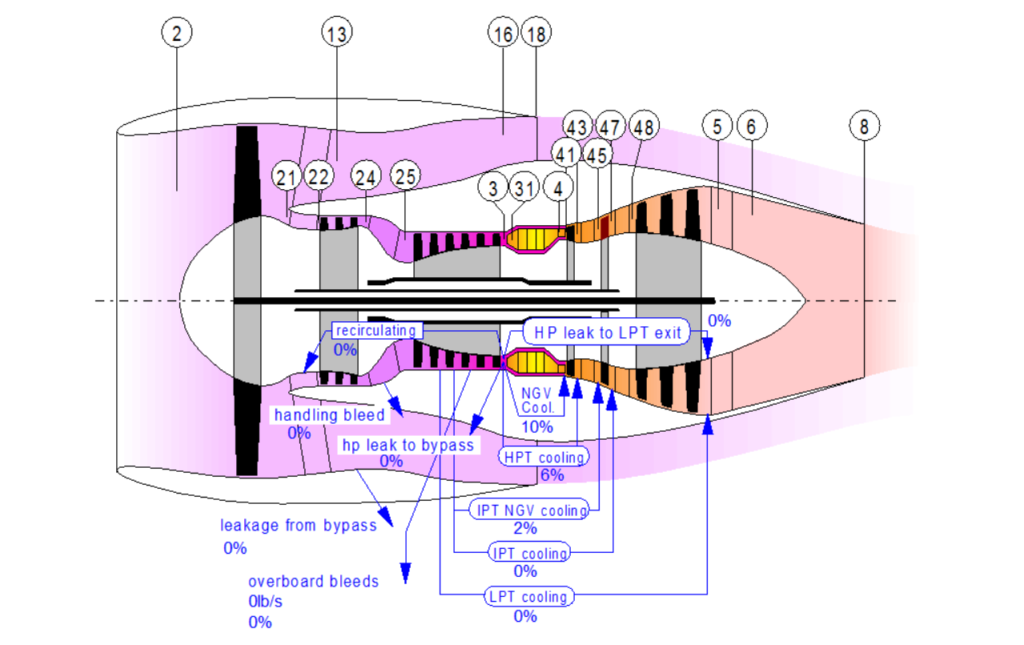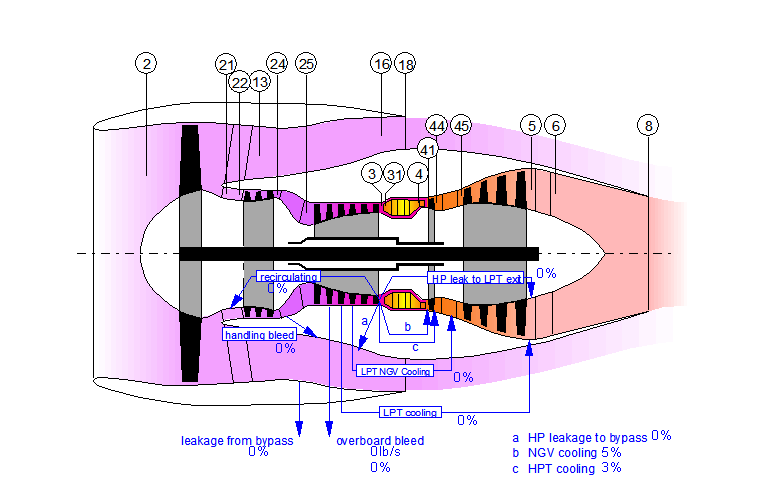Leeham News and Analysis
There's more to real news than a news release.
Engine Development. Part 6. High Bypass goes mainstream
Subscription Required
By Bjorn Fehrm
Introduction
September 22, 2022, © Leeham News: With the introduction of the High Bypass engine for the Boeing 747, Douglas DC-10, and Lockheed Tristar, it was obvious Pratt & Whitney’s low bypass engines on the Boeing 707, 727, 737, and Douglas DC-8, -9 should be attacked with a new High Bypass engine in this thrust class.
French Snecma and GE teamed up to break Pratt & Whitney’s monopoly of the jet engine market outside the widebodies. The CFM56 was born.
Summary
- With an exclusive fit on the Boeing 737 and a 10-year introduction advantage on the A320, the CFM56 has dominated over the competing IAE V2500.
- The CFM56 is the world’s most produced jet engine, with over 32,000 engines produced to date.
The engine manufacturers worst hit by the pandemic
Subscription Required
By Bjorn Fehrm
Introduction
September 28, 2020, © Leeham News: The worldwide COVID-19 pandemic is shaking the air travel and airliner manufacturing industries like no crisis before.
More than 9/11, the oil crisis of 1973 or 2005 or the financial crisis of 2008. The problems for the airlines and the airframe OEMs are on the front pages of the world’s media.
The part of the airliner industry that is not so visible but is perhaps hardest hit, is the engine industry. Its weird business model amplifies the effects of the crisis.
Summary
- Airframe OEMs lose money on the first hundreds of aircraft produced.
- When they announce “black numbers”, it means the per aircraft losses stop. It doesn’t mean the aircraft program is positive.
- For engine OEMs, it’s worse. They never reach ‘black numbers” on engine production. Their only money makers are old engine programs that fly a lot.
How much of an NMA market will the Airbus A321XLR capture, Part 3?
By Bjorn Fehrm
Subscription Required
Introduction
August 1, 2019, © Leeham News: We wrap up our study of what part of an NMA market the Airbus A321XLR could capture with looking at the difference in available engine technology between the A231XLR and the NMA generation of airliners.
Summary:
- The generational improvement in fuel efficiency of airliner turbofans has been over 10% in the last decades.
- We examine if these improvements will still be the case for the NMA generation of aircraft.
Embraer’s KC-390 nears delivery
May 28, 2019 © Leeham News: Embraer’s KC-390 multi-role tanker transport is nearing delivery of the first aircraft to the launch customer, the Brazilian Air Force.
In a briefing in advance of the Paris Air Show at Embraer’s Unidade Gavião Peixoto Airport 225 miles from its Sao Jose dos Campos headquarters, program VP Walter Pinto said that most of the required testing is complete.
What’s left?
Narrowbody and Widebody engine developments, Part 2
By Bjorn Fehrm
Subscription Required
Introduction
April 19, 2018, © Leeham News: In an article last week, we discussed the reason the new narrow-body engines are catching up to the fuel consumption of the wide-body engines.
Today we dig a bit deeper into the efficiency changes of the different engines and discuss which parameter changes have caused what changes in engine efficiency.
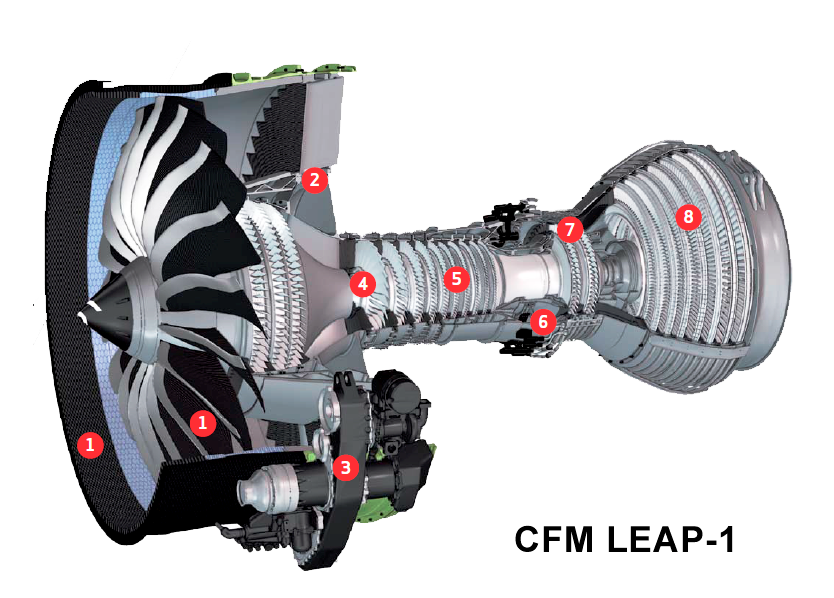 We will use our engine modeling software GasTurb to analyze what happens in a Turbofan when we change certain parameters.
We will use our engine modeling software GasTurb to analyze what happens in a Turbofan when we change certain parameters.
Summary:
- The engine’s Core or Thermal efficiency changes with Turbine Entry Temperature (TET).
- To fully utilize such an increase in efficiency we need to adapt the overall design of the engine.
Narrowbody and Widebody engine developments
By Bjorn Fehrm
Subscription Required
Introduction
April 12, 2018, © Leeham News: In an article yesterday about Long-Haul LCC costs we observed how the new Narrowbody engines are catching up to the fuel efficiencies of the Widebody engines.
Traditionally the Widebody engines were the efficiency leaders. The Narrowbody companions were designed to be durable rather than efficient.
We use the engine modelling software GasTurb to understand why this catching up of the Narrowbody engines has happened.
Summary:
- The new Narrowbody engines for Airbus’ A320 series and Boeing’s 737 MAX are close in specific fuel consumption to the new Widebody engines.
- We use the GasTurb engine modelling software to find the root cause of this change.
Pratt & Whitney’s Indian trouble
By Bjorn Fehrm
March 14, 2018, ©. Leeham Co: India’s Directorate General of Civil Aviation (DGCA) grounded Airbus A320neos equipped with Pratt & Whitney GTF engines with faulty compressor seals Monday.
Affected are eight A320neos of Indigo airlines and three A320neos of GoAir. The Indian groundings are unusual as they go beyond the directives of EASA and FAA for the problem.
Bjorn’s Corner: Aircraft engines, sum up
April 14, 2017, ©. Leeham Co: We’ve been talking engines on Fridays since October 2016. The Corners covered several areas, from technologies to operations.
And we could go on and dig deeper. But we will move on.
Before we go, we sum up what we have learned in the 24 Corners around airliner Turbofans.
Bjorn’s Corner: Aircraft engine maintenance, Part 3
March 17, 2017, ©. Leeham Co: In the last Corner, we showed graphs of the yearly flight hours for engines on single-aisle aircraft. Now we will deduce the market for engine overhauls from these graphs.
These will show which engines generate a maintenance volume that is interesting for engine overhaul companies and which engines are niche.
Based on the market size, we will then go through how an engine is maintained when new, mature and at end-of-life.
Bjorn’s Corner: Aircraft engines maintenance, Part 2
March 10, 2017, ©. Leeham Co: Last week we started the series how airline turbofans are maintained. We described the typical work scopes and what the intervals were for different single-aisle engines.
Before we can describe the engine maintenance market we must get a feel for the market size for different engine types.
We will start with understanding the single-aisle engine maintenance market. Read more


